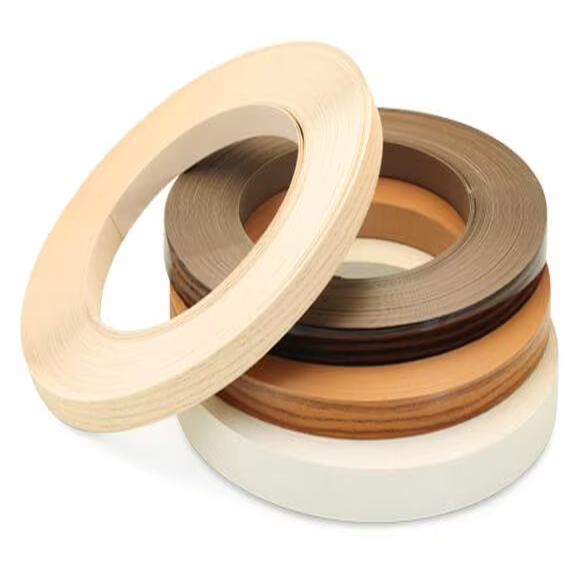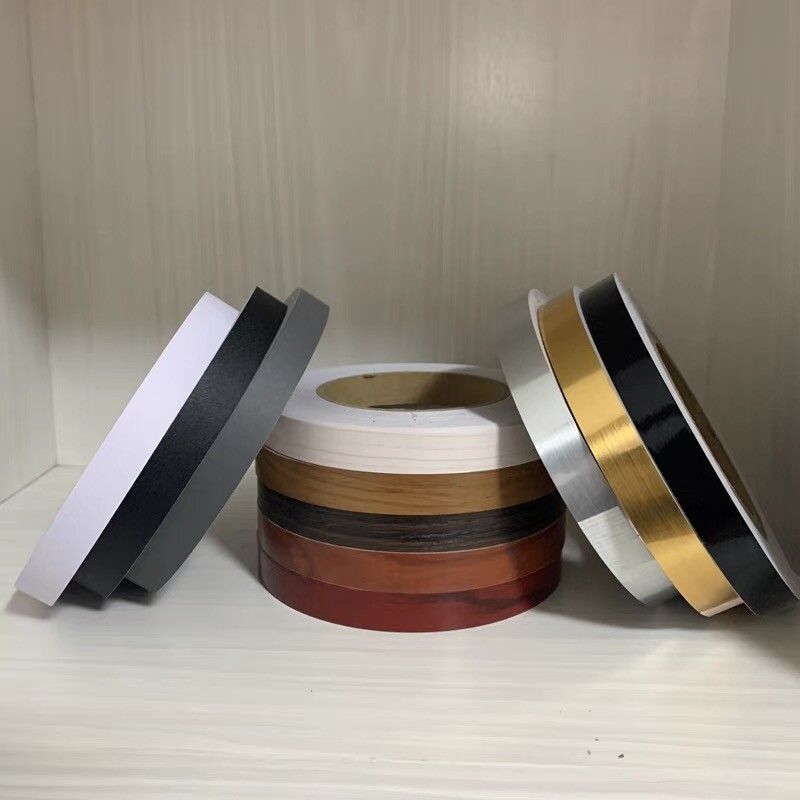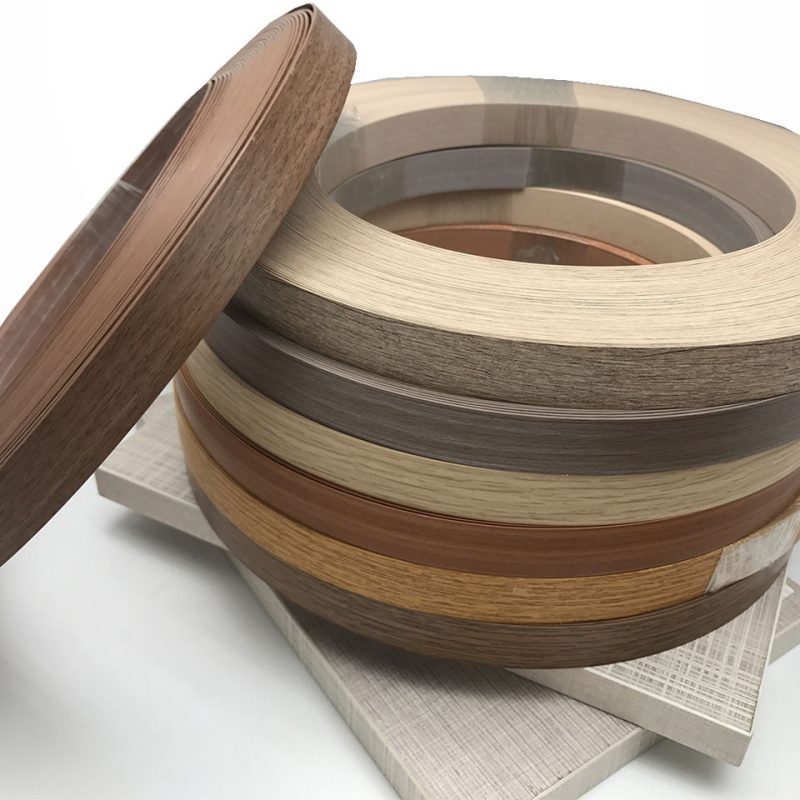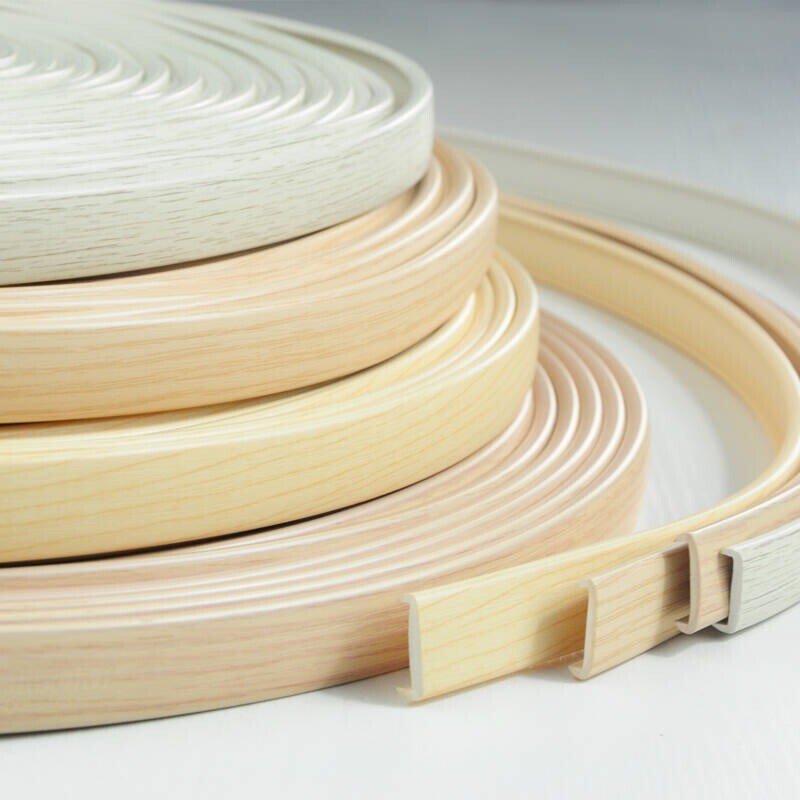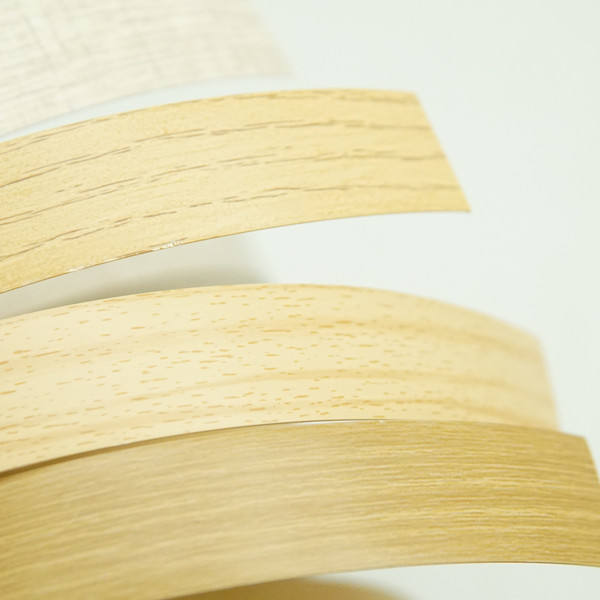We specialize in providing comprehensive furniture solutions, offering both ODM and OEM services.
News
Technical Classification and process Analysis of Edge banding technology
Edge banding can be classified into various types based on differences in equipment, materials and processes, and each process is suitable for different requirements:
I. Traditional edge banding process
1.Straight edge banding
Applicable scenarios: Straight-line board edges (such as wardrobe side panels, desktop edges).
Process flow:
Gluing: Apply hot melt adhesive (such as EVA adhesive or PUR adhesive) evenly along the edge of the board through an edge banding machine.
Lamination: Align the edge banding with the edge and apply pressure through a roller to ensure a tight bond with the board.
Edge trimming: Use a milling cutter to remove the excess edge banding material so that the edge is flush with the surface of the sheet.
Polishing: Use sandpaper or a polishing machine to grind the edges to enhance smoothness and hand feel.
Features: High efficiency and low cost. It is the most common edge banding method, but its ability to handle curve edges is limited.
2. Curve edge banding
Applicable scenarios: Irregular edges such as arcs and circles (like round tables and irregular-shaped cabinets).
Process difficulty: Flexible edge banding strips (such as thin wood veneer, PVC soft edge banding strips) need to be adopted, or hard edge banding strips should be adapted to the curved shape
through high-frequency heating and other technologies.
Key equipment: Curve edge banding machine, manual edge trimming tools, with high requirements for operational accuracy.
Ii. High-end edge banding process
1.Laser edge banding
Technical principle: Utilizing laser energy to activate the special coating (such as the polyurethane layer) on the back of the edge banding strip, it undergoes a chemical reaction with the edge of the
board to form a seamless bond.
Advantages: No need for traditional glue, excellent environmental friendliness; There is no glue line at the edge banding, and the appearance is extremely smooth, making it suitable for high-end
furniture.
Limitations: The equipment requires a huge investment and is only suitable for edge banding strips of specific materials (such as laser-specific ABS strips).
2. Seamless edge banding
Process features: Extremely thin edge banding materials (such as PET film under 0.3mm) are used, and a seamless transition between the edge and the sheet is achieved through high-precision
equipment, with almost no visible seams visually.
Application scenarios: Minimalist style furniture, customized products with extremely high aesthetic requirements (such as high-end cabinets, invisible doors).
3. Solid wood edge banding
Traditional craftsmanship: Solid wood strips are fixed to the edge of the board through mortise and tenon or adhesive methods to form a natural wooden frame.
Modern upgrade: By integrating finger-jointing techniques or laminated wood technology, the risk of solid wood deformation is reduced while retaining the natural texture and touch.
Latest articles
 The excellent performance of edge-sealed plywood2025-05-23
The excellent performance of edge-sealed plywood2025-05-23 Personal DIY Plywood Edge Banding Guide2025-05-23
Personal DIY Plywood Edge Banding Guide2025-05-23 What are the similarities and differences between laser edge banding and ordinary edge banding?2025-05-22
What are the similarities and differences between laser edge banding and ordinary edge banding?2025-05-22 The manufacturing process and differences of edge banding strips2025-05-22
The manufacturing process and differences of edge banding strips2025-05-22 What Is PVC Edge Banding?2025-05-22
What Is PVC Edge Banding?2025-05-22
Ask For A Quick Quote
If you are looking for more information on our services, or how we could potentially help, we would love to hear from you!

